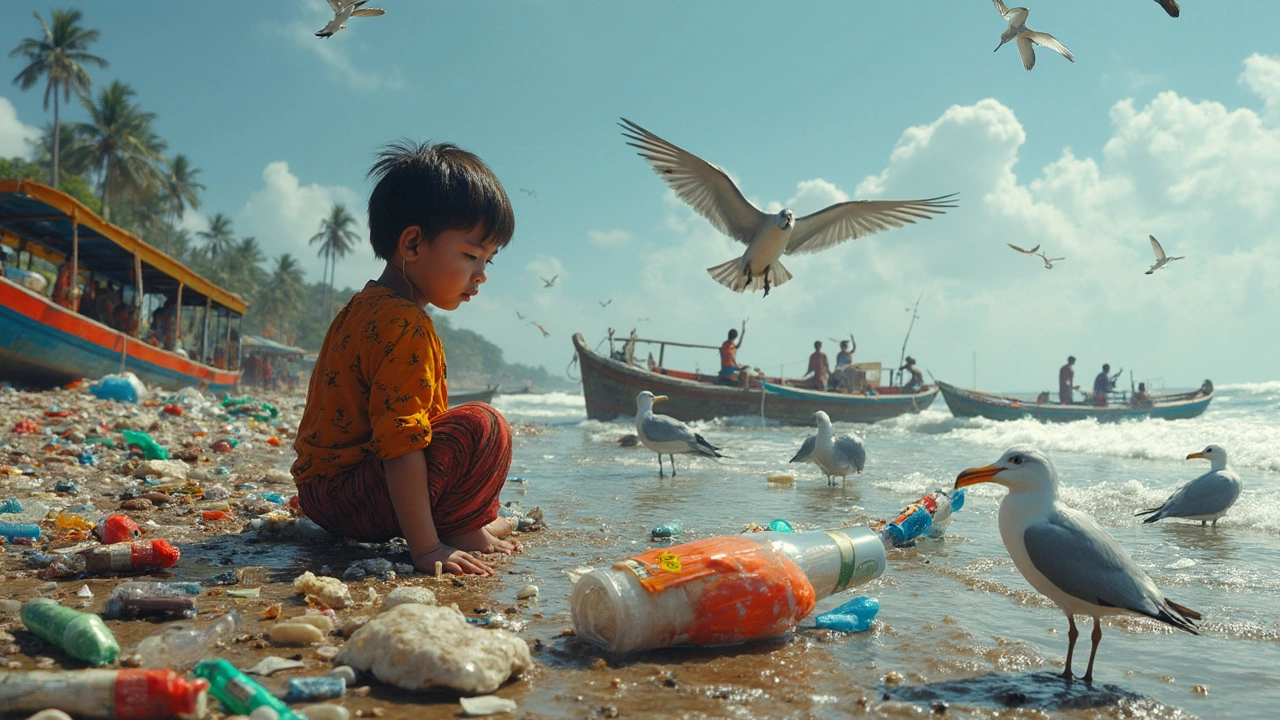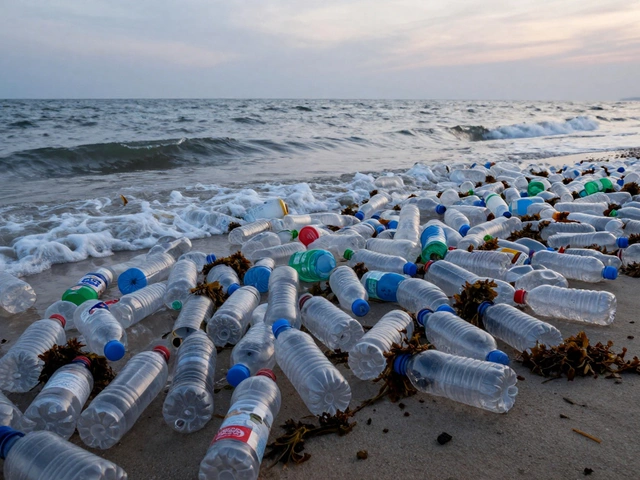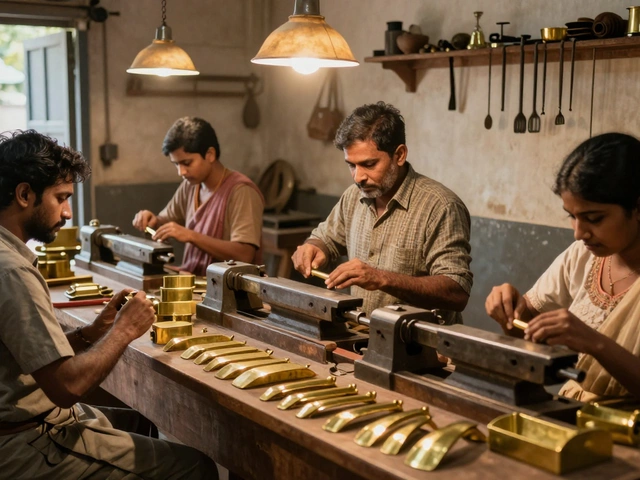Who Dumps Plastic in the Ocean? Quick Facts and Actionable Steps
Every time you see a floating bottle or a tangled net, you’re looking at a problem that’s bigger than a single beach. Plastic ends up in the sea because many people and businesses let waste slip through the cracks. Below we break down the biggest culprits and give you easy ways to help fix it.
Major Sources of Ocean Plastic
First, it helps to know where the trash starts. The biggest piece of the puzzle is **land‑based waste**. Cities with weak trash collection let bags, wrappers, and fishing gear wash into storm drains. Those drains often empty straight into rivers, and the rivers carry the litter straight to the sea.
Second, **industrial discharge** adds a lot of micro‑plastics. Factories that make or use plastic pellets sometimes spill them into the water. Those tiny beads are hard to see but easy for marine life to swallow.
Third, **maritime activities** contribute directly. Fishing boats lose nets, lines, and crates. Shipping containers occasionally break open, spilling packaging materials. Even cruise ships generate a lot of single‑use plastics that may end up overboard.
Lastly, **tourist hotspots** create sudden spikes in plastic waste. When crowds gather on a beach, a lot of bottles, straws, and food wrappers are left behind. If there’s no proper disposal point, the wind and tide take them away.
What You Can Do Right Now
Feeling overwhelmed? Start small. Carry a reusable water bottle and a tote bag wherever you go. Each item you keep out of the trash is one less piece that could end up in the ocean.
Support local clean‑up groups. One weekend of picking up litter along a river can stop dozens of items from reaching the sea. Even a short walk with a bag makes a difference.
Make smarter choices when you shop. Look for products that use less plastic packaging or offer refill options. If you see a plastic bottle, ask the store if they have a refill station.
Press companies and local governments for better waste management. Sign petitions, write to your city council, or join a community watchdog group. Better collection systems and stricter regulations keep more trash on land, not in water.
Finally, spread the word. When friends hear about the real sources of ocean plastic, they’re more likely to change habits too. A quick chat at work or a social‑media post can spark a chain reaction.Plastic in the ocean isn’t caused by a single villain. It’s a mix of everyday actions, big‑scale industry, and weak infrastructure. By knowing the sources, you can target the right fixes. Small, consistent steps add up, and together we can keep our seas cleaner for the next generation.
Who’s Really Dumping Plastic in the Ocean? Shocking Facts and How It Happens
Ever wondered who’s actually behind all that plastic in the ocean? This deep dive uncovers which countries, industries, and everyday habits are dumping plastics, how it all adds up, and what you can do to stop it. Shocking facts, real examples, and smart tips you can use right away. Perfect for readers who want the truth about ocean plastic and actionable advice. Find out why your soda bottle might end up in the Pacific, even if you live nowhere near the sea.
Read More




